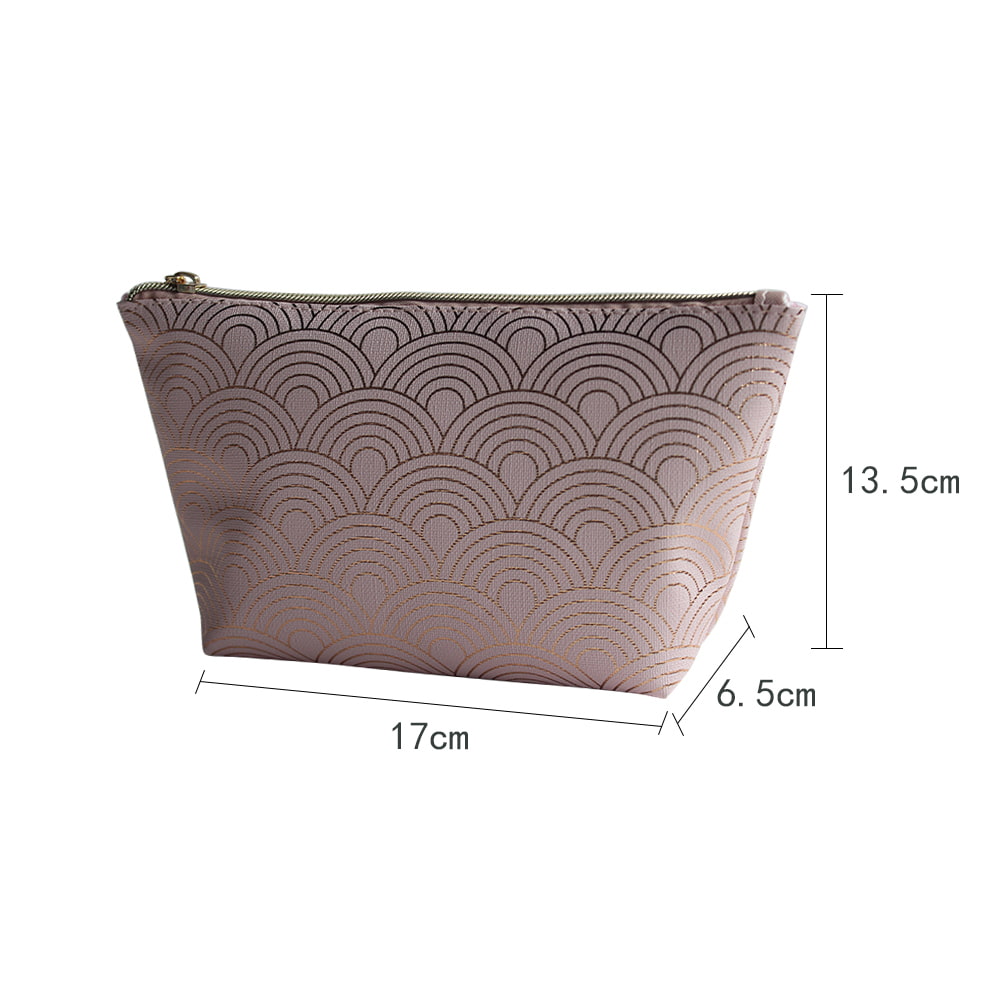The history of makeup bags dates back to the early 20th century when personal grooming became increasingly important in daily life, especially among women. Initially, makeup bags were simple pouches or small handbags made from fabric, leather, or silk. These early bags were primarily designed to hold a few essential items such as a compact powder, lipstick, and a small mirror. The concept was straightforward: provide a convenient way to carry makeup while traveling or for everyday use.

These bags, however, had very little internal organization. Users often had to place their items loosely inside, which made it difficult to quickly locate specific products. As makeup collections expanded and more cosmetic products became available in the mid-20th century, this lack of organization became a practical issue.
The mid to late 20th century witnessed a boom in the cosmetics industry. With the rise of brands offering diverse products—foundation, eye shadows, blushes, brushes, skincare samples, and more—consumers began carrying a wider range of items. This increase in both quantity and variety of makeup products naturally created a demand for more structured storage solutions.
Additionally, the lifestyle changes of the post-war era, with more women joining the workforce and busier lives, emphasized the need for efficiency and convenience. A makeup bag was no longer just a luxury item; it became a practical necessity for daily routines and travel. This shift prompted designers and manufacturers to rethink the traditional makeup bag and improve its usability.
The incorporation of compartments within makeup bags was a logical response to the growing complexity of cosmetic storage. Although it is difficult to pinpoint an exact date or inventor of the compartmentalized makeup bag, the concept emerged gradually through innovations in bag design and materials.
Compartments provided clear benefits: they allowed users to separate different types of products, reducing the risk of spills, breakage, or cross-contamination. Small pockets and elastic loops enabled brushes, eyeliners, and lipsticks to be held securely in place, while larger sections could accommodate bottles and jars. Transparent or mesh compartments made it easier to view contents without rummaging through the entire bag.
The development of compartments was also influenced by advancements in textile manufacturing and synthetic materials. The availability of lightweight, flexible fabrics like nylon and polyester allowed for more complex internal structures without significantly increasing the weight or bulk of the bag. Zippers, Velcro, and snaps became standard features that enhanced compartmentalization and accessibility.
The cosmetics and fashion industries quickly recognized the potential of compartmentalized makeup bags. Major brands began offering bags designed with specific compartments tailored to their product lines, often marketed as part of complete beauty kits. These kits appealed to consumers who sought not only functionality but also style and brand consistency.
Retailers and manufacturers also gathered consumer feedback, which played a crucial role in refining compartment designs. For instance, users expressed the need for removable or adjustable compartments to accommodate varying sizes of makeup products. Some bags incorporated modular designs, allowing for customization based on individual preferences.
Additionally, the rise of travel and international mobility in the late 20th and early 21st centuries made compartmentalized bags particularly valuable. Travelers needed to meet airline regulations regarding liquids and carry-on items, which required neat packing and easy access to items. Makeup bags with designated sections simplified packing and security checks, further driving their popularity.
The company covers an area of 1500 square meters and specializes in producing various types of makeup bags, jewelry bags, children's bags, and wash bags, with a monthly output of about 100000 bags.
 We Are Here
We Are HereAddress: 6th Floor, No. 2 Gantang West Road, Huanglinshan Industrial Zone, Yiting Town, Yiwu City, Jinhua City, Zhejiang Province, China
 Contact Us
Contact UsPhone: +86-13857970558

sales1@xibodan.com
sales2@xibodan.com
sales6@xibodan.com
If you have any requirements, please click on "contact" to leave a message.

 English
English русский
русский Español
Español